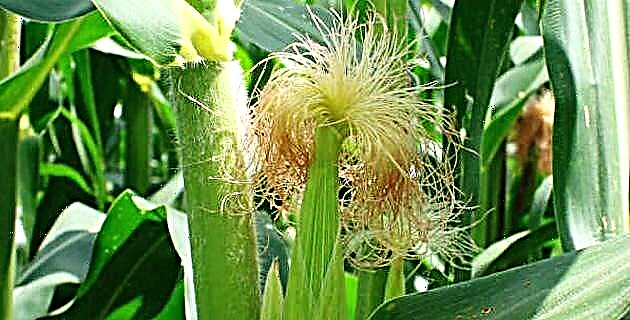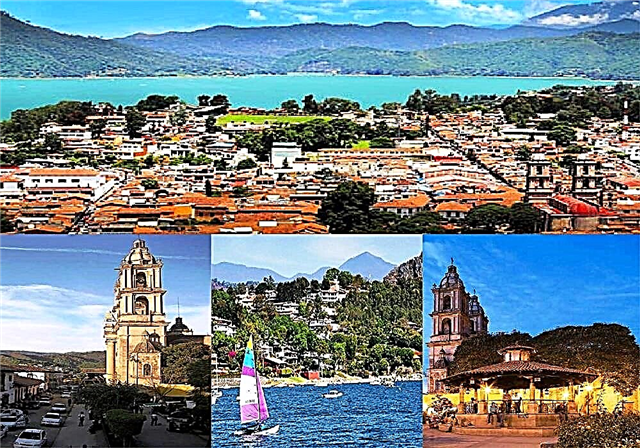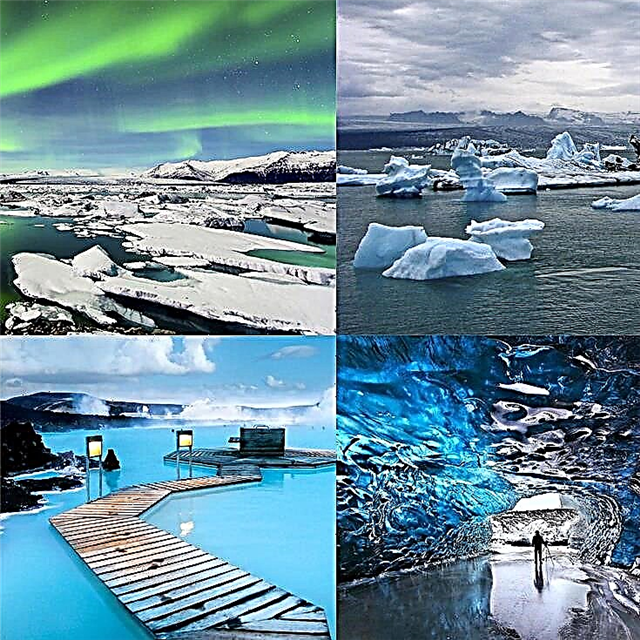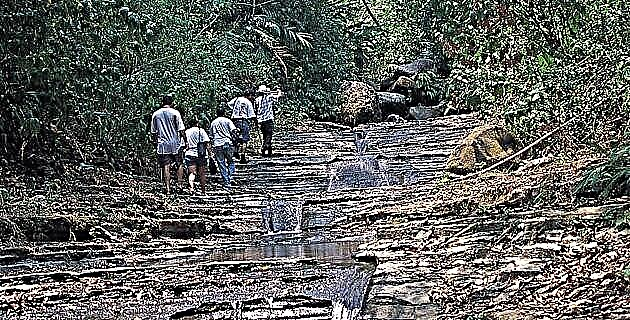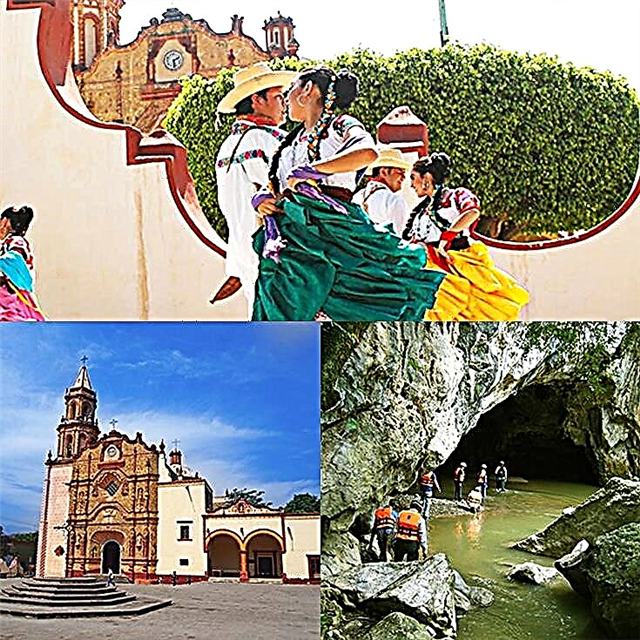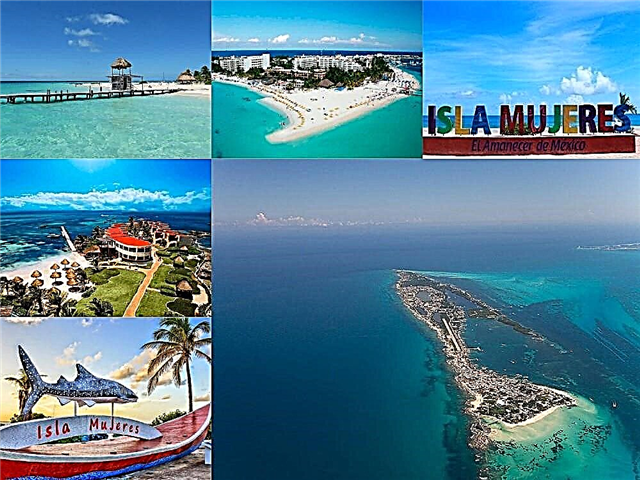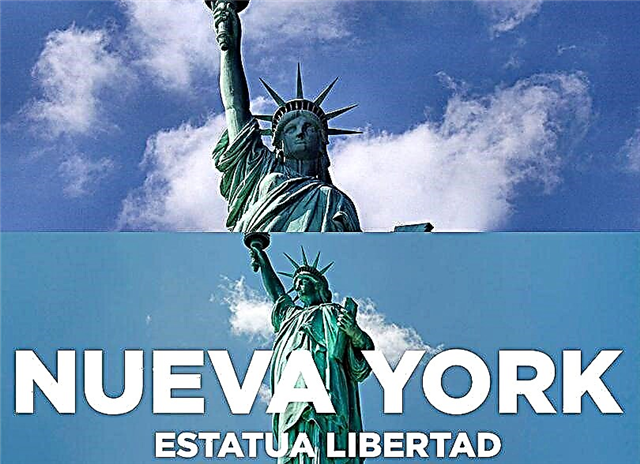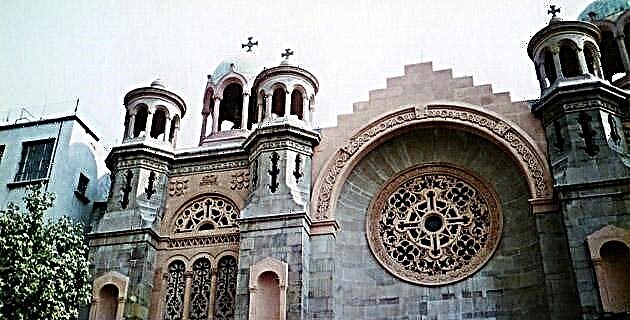
Although it is currently surrounded by large and modern avenues, the Santa María neighborhood continues to preserve many corners that tell us about its aristocratic Porfirian past
The Liberty style of houses, gardens and airy streets drawn at an angle in the Santa María la Rivera neighborhood, in Mexico City, is one of the ones that best allows us to assess the architecture of the last Porfirian era.
This once aristocratic area is currently delimited by the Instituto Técnico Industrial, Insurgentes Norte, Río Consulado and Rivera de San Cosme avenues, all fast and modern roads that contrast with the idea of progress that was had at the time Santa María was founded. .
And to begin with, we could say that on Jaime Torres Bodet street, at number 176, stands an Art Nouveau building whose leaded windows that present national landscapes are an expression of the purest French style. It is the Museum of the Geology Institute of the UNAM. Its façade boasts interesting quarry work, whose reliefs show shell and reptile fossils, as well as ammonites under the three arches at the entrance. In the lobby, a splendid two-ramp staircase - decorated with flowers and stylized acanthus leaves is reflected on the marble floors thanks to the light diffused by the immense dome on its ceiling.
The existence of this enclosure is due to the Geological Commission of Mexico, founded on May 26, 1886 and years later organized as an Institute, which considered it essential to create a headquarters to house knowledge of this branch and ordered the building to be built.
The project was in charge of the geologist José Guadalupe Aguilera and the architect Carlos Herrera López. The first designed the laboratories and permanent exhibition rooms and the second was in charge of the construction itself.
Thus, in 1900 the first stone of the building was laid and in September 1906 it was officially inaugurated. On November 16, 1929, it became part of the National University when its autonomy was declared and in 1956, when the Institute of Geology moved to the University City, it remained exclusively as a museum. This new adaptation was directed by the architect Herrera and Antonio del Castillo.
This building houses the entire scientific heritage of the first studies in this field: collections of minerals and fossils, specimens of the fauna and flora of the various regions of the world, as well as a series of canvases by the landscaper José María Velasco. They are four paintings made up of natural elements that, like illustrations in a biology treatise, show the evolution of marine and continental life from its origins to the appearance of man.
In this way, Velasco managed to shape the scientific and philosophical ideal of Positivism through his academic and naturalistic art, summarizing in his work the central idea of "progress" of the 19th century.
The main room of the museum is dedicated to paleontology. It holds about 2 000 vertebrates and invertebrates and highlights the presence of the immense skeleton of an elephant and other bone structures of mammals that have already disappeared. In one of the wooden cabinets, which also date from the Porfirian era, you can see some specimens of minerals that illustrate the different eras in the evolutionary history of the planet. It is the stony memory of our land.
On the doors of the living room and on the doorknobs, the emblem of the Institute is engraved. In this area, the leaded ones are dedicated to the subject of mining and in the background a beautiful stained glass window represents the Wieliczka salt mine, in Poland.
The room for petrology ranges from various quartz crystals and a collection from the south pole, to materials that illustrate the constitution of Mexican volcanoes. In addition, there are a series of igneous, sedimentary and metamorphic stones, as well as polished rocks for industrial and decorative use.
In the room reserved for mineralogy, a rich variety of specimens from the various regions of our territory and abroad is displayed, distributed according to the model proposed by the scientist H. Strunz, who in 1938 ruled an order according to the base chemistry and crystallography of its elements. Stones of rare beauty such as opal, ruby, talc, okenite and spurrite are also found here.
The academic and prosperous romanticism of the nineteenth century left another testimony of its passage in the national life in the Santa María colony. At number 10 Enrique González Martínez street, the Chopo Museum is today the site of new searches in the cultural field. The metal structure that makes it up is of the so-called jungend-style new style, and it was brought from Germany and assembled in 1902 by the engineers Luis Bacmeister, Aurelio Ruelas and Hugo Dorner, but due to various problems it was not until 1910, with the exhibition of Japanese industrial art , when it was first occupied.
Three years later, El Chopo became the Museum of Natural History and remained so until 1929, the date on which its library and zoological collection were transferred to a place located on the shore of Lake Chapultepec.
After this, the building enters a lengthy legal dispute and falls into oblivion for a long time.
It is until 1973 that the UNAM decides to restore it and begins its stage as a cultural center. The renovation works take seven years and they open large spaces for film, dance, theater, music, plastic arts and various workshops. In addition, the building has a large mezzanine and three galleries for temporary assemblies.
Since then, the Chopo has remained a living organism within which the aesthetic trends of various generations coexist. It is a forum that serves as a thermometer on artistic orientation. On the other hand, this museum periodically opens its doors to exhibitions from groups to foreign institutions, thus promoting communication between creatives in graphics, photography, settings, sculptures, etc., and the general public.
El Chopo also has a permanent collection of plastic artists, among which you can admire authors such as Francisco Corzas, Pablo Amor, Nicholas Sperakis, Adolfo Patiño, Yolanda Meza and Artemio Sepúlveda.
But if the Chopo Museum is the cultural heart of the colony, its Alameda is that of communal life. And it is in this Alameda where the famous Moorish Pavilion is currently located, which was projected for the New Orleans International Exposition verified from December 16, 1884 to May 1885.
Subsequently, this Pavilion participated in the world exhibition in Paris, and upon its return it was located in the Alameda Central and draws for the National Lottery were held there.
In 1908, work began to move the Moorish Pavilion to Santa María la Rivera since the Hemicycle to Juárez began to be built in the place it occupied. It was then that the kiosk was renovated for the national holidays of 1910.
During the 1930s and 1940s, this Pavilion witnessed the first urban experience of the emigrant population from the province to the Valley of Mexico. In this regard, José Vaconselos commented: "The kiosk, venue for concerts, recitals, harangues and riots is in the center of the squares of 100 perfect cities in Latin America."
To date, the Pavilion has only been restored twice, in 1962 and 1978, and on both occasions it was renovated from its stone and quarry bases to the eagle on its dome, as well as the colors that cover it.
On weekends, this place becomes a literary platform as young writers come to do public readings. Listeners comment on their works, ponder poems and discuss creation while couples sit on benches and children play. And this has not changed since the time of Vasconcelos, who said: “Thus, the city grows; There are no more gatherings or strolls, but the whole town always gathers in the square on festive days and mutiny days, and the traffic departs from the square and from there the entire life of the city receives its impulse ”.

